#134 Titan Special
- Matt Russell

- May 23, 2019
- 9 min read

For it is the duty of an astronomer to compose the history of the celestial motions through careful and expert study.
Nicolaus Copernicus
OTD
May 24th 1543 – Nicolaus Copernicus Died the great Polish mathematician and astronomer who formulated a model of the universe that placed the Sun rather than the Earth at the center of the universe,

Born one year later - 1544 - William Gilbert: Elizabeth I’s physician, and natural philosopher. Famous for his book De Magnete (1600), and is credited as one of the originators of the term "electricity". father of electrical engineering and magnetism.

Using experiments on a model earth he called terrella he concluded that the Earth was itself magnetic and that this was the reason compasses point north (previously, some believed that it was the pole star (Polaris) or a large magnetic island on the north pole that attracted the compass)
He was the first to argue, correctly, that the centre of the Earth was iron
an absurdity to think that the immense celestial spheres (doubting even that they exist) rotate daily, as opposed to the diurnal rotation of the much smaller Earth
He also posits that the "fixed" stars are at remote variable distances rather than fixed to an imaginary sphere
The English word "electricity" was first used in 1646 by Sir Thomas Browne, derived from Gilbert's 1600 New Latin electricus, meaning "like amber". The term had been in use since the 13th century, but Gilbert was the first to use it to mean "like amber in its attractive properties". He recognized that friction with these objects caused the attraction effect.
418 years later - 1962 – Project Mercury: American astronaut Scott Carpenter orbits the Earth three times in the Aurora 7 space capsule.

This Sunday sees the 50th anniversary of Apollo 10 - The fastest ever crewed vehicle. Crew; Thomas P. Stafford, John W. Young, Eugene A. Cernan flew back into the earth's atmosphere at 11.08 km/s or 24,791 mph or 18 times faster than concorde!!! on May 26, The Smithsonian has been accountable for the command module Charlie Brown since 1970. The spacecraft was on display in several countries until it was placed on loan to the London Science Museum in 1978, The ascent stage of the Apollo Lunar Module Snoopy was jettisoned into a heliocentric orbit. Its current location is unknown

.
So we are going back to the moon.
but is it the wrong moon?

Let’s take a look at another moon in the solar system, that is bigger than ours, even bigger than Mercury, has an atmosphere, wind, rain, seas, lakes, rivers and more hydrocarbons than all the oil and gas reserves on Earth, more than you can shake a stick at. A planet crying out for a bit of anthropogenic climate change. Dark dunes full of organic material 100s of times more abundant that all the coal in the world.
What are we waiting for let’s get our space butts to TITAN!
Well, Bobby Zee in his book; Entering Space: Creating a Spacefaring Civilization called Titan the most important moon on which to establish a base, as the saturn system is such a true jem of resources and low radiation.
"In certain ways, Titan is the most hospitable extraterrestrial world within our solar system for human colonization."
Titan atmosphere is made of Oxygen, hydrogen nitrogen and methane so a bit like Jamie's bedroom after a curry, rough but livable. Titan has huge oceans of liquid water trapped under the surface, and water rain blown in from Enceladus’ geysers.
Plenty of Nitrogen, methane and ammonia fertilizers for food. Hydrogen/acetylene chemical power plants or tidal power from the Kraken Mare, where saturns does the job of our moon of creating meter tides each day, titan day. A day on Titan is the same as the time it takes to orbit Saturn, about 15 days, 22 hours, and 41 minutes. The same side of Titan always faces toward Saturn, like our Moon it is tidally locked
With a gravity just a tad smaller than the moons you could "swim jump" like a dolphin out of the sea. The atmosphere is thick enough that you could have wings as part of your spacesuit and literally flap around the moon, or float around the moon in a bubble of earth atmosphere at lovely home temperatures.
So what’s the freaking catch!!
Well it’s colder than a husky’s nose at around -179.5 C
According to JPL in 2007, the seas are almost entirely made from, not Water, but Methane or ethane. The temperature is soo low that the water cycle is replaced by the methane cycle. The atmosphere Orange with organo-nitrogen compounds instead of blue with water vapour.
But the views of Saturn from Titan if you venture in to the upper bluer atmosphere could be spectacular with the ringed planet appearing over 11 times bigger than our moon to us here on earth, and a hell of a lot more interesting, with other moons coming into view also. With a lovely atmosphere, some 50% thicker than Earths to protect you from radiation and micrometeriods you could actually stay safe on the surface without cowering 10 feet underground like you have to on the moon or Mars. You wouldn’t actually need a pressure suit, just really good warm clothing and a respirator.

IPGP/Labex UnivEarthS/University Paris Diderot – C. Epitalon & S. Rodriguez
There are so many hydrocarbons that making plastics and building materials would be easy, and you could construct simply EPIC habitations. It might even be possible to set up near the volcanoes that spew not magma but ice and snow!!! You could go to a Titan Beach to build sandcastles and the sand is so electrically charged it just sticks together and constructions could last for weeks!
But we’re still not telling the full story here, the cold is a problem, and the lack of gravity as we know is a real problem, oh and the journey to Saturn in the first place is a total fanny ache.
But it really must be a glorious on the surface with a young and very geologically complex, fluid carved , active surface. But it’s quite flat and smooth too. You could travel to the bright Xanadu, the size of Australia, hilly and cut through with criss crossed linaments of dark ridges or visit the Ligeia a pure methane sea, the 2nd biggest sea on Titan. Or visit the lake districts,these hydrocarbons lakes are the only stable bodies of liquid out side of the earth, visit the Huygens Space probe in Shangri-La a lake the size of the great salt lake in Utah. Visit the ethane lakes of Ontario Lacus, or the flooded grand canyons of Vid Flumina the nile of Titan.
An exciting trip maybe to a new crater where liquid water may have pooled in the crater a haven for synthesizing the simple molecules that may seed life.
Maybe visit the Mithrim Montes Mountains where a peak rises 3km from the surface. The mountains are named after tolkien middle earth characters. Erebor Mons, the Irensaga Montes, Mindolluin Montes, Misty Montes, Mithrim Montes, and Taniquetil Montes. even Mount Doom The low planes are named after things from Frank Herberts Dune. Arrakis Planitia
Maybe you can solve the mystery of whether there really are volcanoes on Titan.
When are we going?
None funded but here are some proposals
The Titan Saturn System Mission (TSSM) was a joint NASA/ESA proposal for exploration of Saturn's moons.

a hot-air balloon floating in Titan's atmosphere for six months.
In February 2009 it was announced that ESA/NASA had given the Europa Jupiter System Mission (EJSM) mission priority ahead of the TSSM
The proposed Titan Mare Explorer (TiME) was a low-cost lander

Splash down in a lake in Titan's northern hemisphere and float on the surface of the lake for three to six months.
It was selected for a Phase-A design study in 2011 as a candidate mission for the 12th NASA Discovery Program opportunity,but was not selected
The Aerial Vehicle for In-situ and Airborne Titan Reconnaissance (AVIATR):

An unmanned plane (or drone) that would fly through Titan's atmosphere and take high-definition images of the surface of Titan.
NASA did not approve the requested $715 million, and the future of the project is uncertain
The Spanish-based private engineering firm SENER and the Centro de Astrobiología in Madrid. probe called Titan Lake In-situ Sampling Propelled Explorer(TALISE).
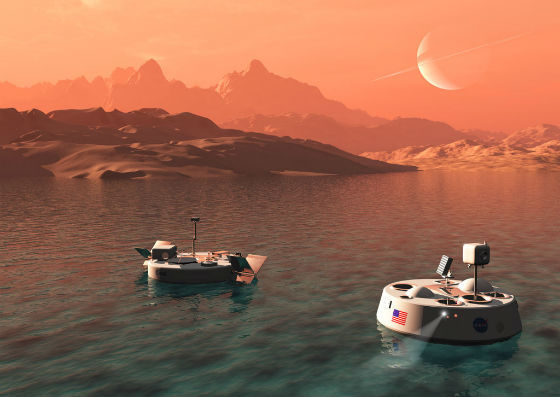
Unlike TiME probe would be that TALISE is envisioned with its own propulsion system and would therefore not be limited to simply drifting on the lake when it splashes down.
My favourite, A Discovery Program contestant for its mission #13 is Journey to Enceladus and Titan (JET), an astrobiology Saturn orbiter that would assess the habitability potential of Enceladus and Titan.

In 2015, the NASA Innovative Advanced Concepts program (NIAC) awarded a Phase II grant to a design study of a submarine to explore the seas of Titan
The Dragonfly mission would send a drone to fly in the atmosphere of Titan; it is one of two finalist proposals for a 2025 launch of the New Frontiers program.

Might we find LIFE?

Using the Dirk Shulze-Makuch habitability index Titan comes top after earth!!!
Titan is thought to be a prebiotic environment rich in complex organic chemistry with a possible subsurface liquid ocean serving as a biotic environment
But the water is pretty much solid and frozen. But maybe just maybe it’s possible to have life not water based but methane/ethane based? Maybe some of the atmospheric anomolies detected were from these methane producing organisms, but as is usually the case there is non-living meteorological process that is probably the cause. What is not in question is the vast swamp of organic chemistry in the atmosphere including methane, propane, benzene and Toluene. Also there is no CO2 in the atmosphere,
What’s really interesting is that when the Sun becomes a red giant, there is a chance that Titan would become much more habitable, although all that ammonia is a problem.
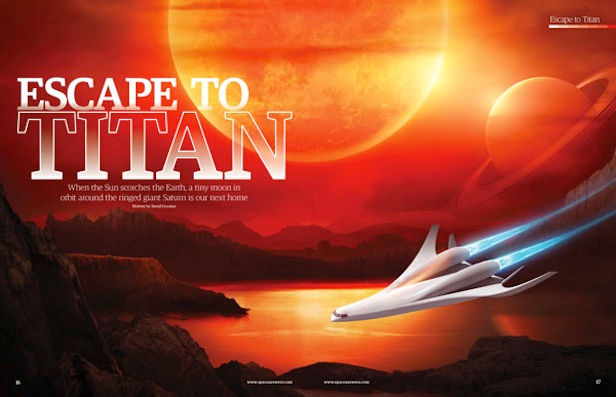
It’s the lack of water that has caused most scientists to conclude that enceladus and Europa are more exciting so Titan missions are often usuped by those missions in the imaginations of the people picking missions.
Experiments, like the Miller-Urey experiments, do suggest that Titan has all the ingredients and conditions that kick started life on earth, and the real winner would be if there really is a liquid water ocean just under the ice shell. Which is looking more and more likely. Again Ammonia would slow things down, or would it.
The hydrogen in the atmosphere not only makes human power generation possible but also gives life forms an energy source. And intriginganly Scientist Sarah Horstof Uni. of Arizona produced necleotide bases from experiments on Titan like atmospheres, despite the lack of water! Nasa bolstered these experiments and also confirmed the presesnce of polycyclic aromatic hydrocarbons actually in the Titan atmosphere. Even more intersting is that something is consuming cyanide at the surface.
Water is used as a solvent by earths life, but Titan life could use methane as the solvent and this has some advantages. AStrobiologists Chris McKAy and HEather Smith predicted that you might see chemical signatures of methane based life, and Darrell Strobel of John Hopkins actually found some evidence for these chemical signatures. Other papers also showed some evidence of the bio-signatures. But these are very tentative and could easily be human error. Didn’t stop the Telegraph sensationalising the story as evidence of aliens.
Even hypothetical membranes have been modelled in the lab containing only Titan stuff, these Azotomes end up being really similar to normal organic membranes. The primary building block Acrylonitrile is abundant in the titan atmosphere.

Of course Life could have been pollinated from earth, from rocks blasted out by earth in meteorite strikes or mega volcanoes etc. (millions of tons of earth rocks are on the surface of Saturn moons!!) But it’s unlikely as the life would have to evolve from scratch on Titan to work in methane rather than water.
Finding Life on Titan would change everything!!!!
And It might be that, before life on Earth is extinguished by a rising sun steps towards life could begin on icy worlds surrounding neighboring stars as well.
One final bonus!!
Titan is the only celestial body other than Earth upon which rainbows on the surface could form. However, given the extreme opacity of the atmosphere in visible light, the vast majority would be in the infrared, Could there be Unicorns and lepricorns based on methane biology?
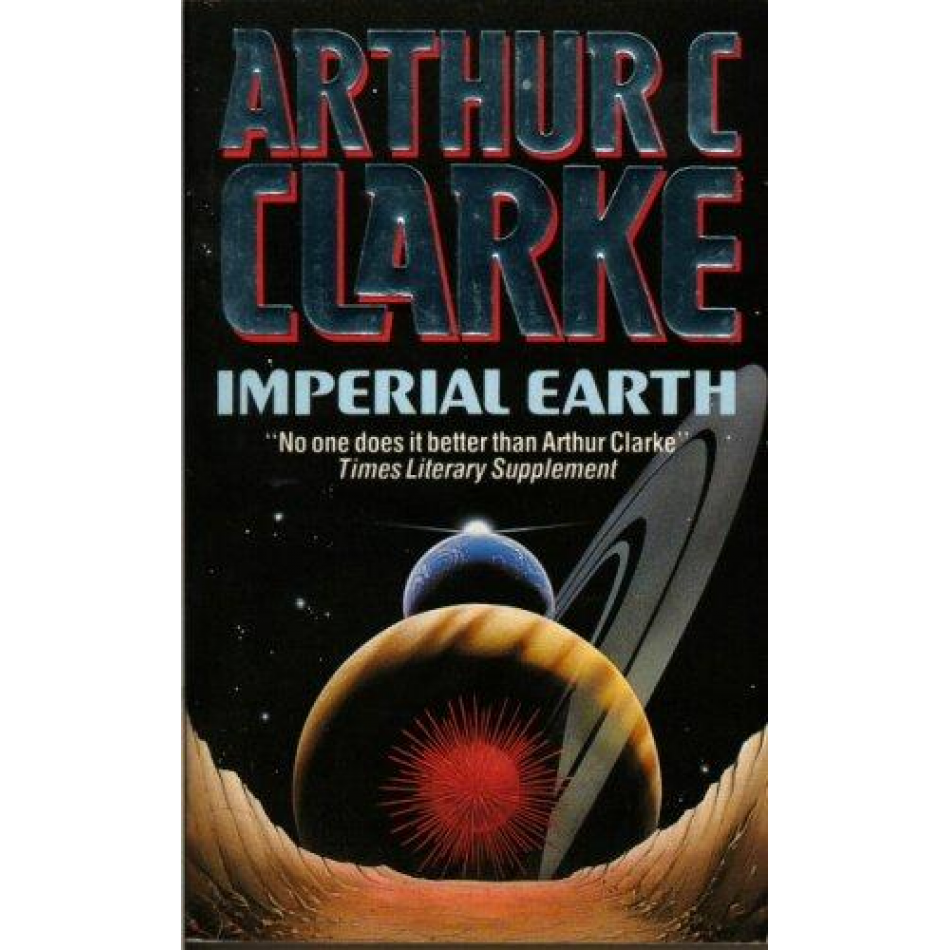
AS Arthur C Clarke used in his novel Imperial Earth, Titan was a the Gas station of interplanetary travel.
Titan quick facts
Titan Year is just under 30 Earth years
Polar votexes can last 22 years, areas of low pressure causing even lower temperatures.
There is a 4000 mile wide Ice corridor spanning 4 tenths of the circumference of the moon. Possible remnant of previous cryovolcanism.
The waves on Titans seas are not only tamer than on earth due to lack of gravity and density but also a layer of orange organic goop from the rain stop waves forming properly.
Titan's liquid bodies appear to be connected under the surface by something akin to an aquifer system on Earth.
Raindrops would be twice as big.










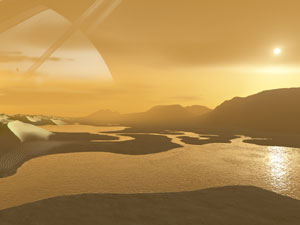
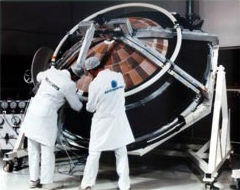













Comments